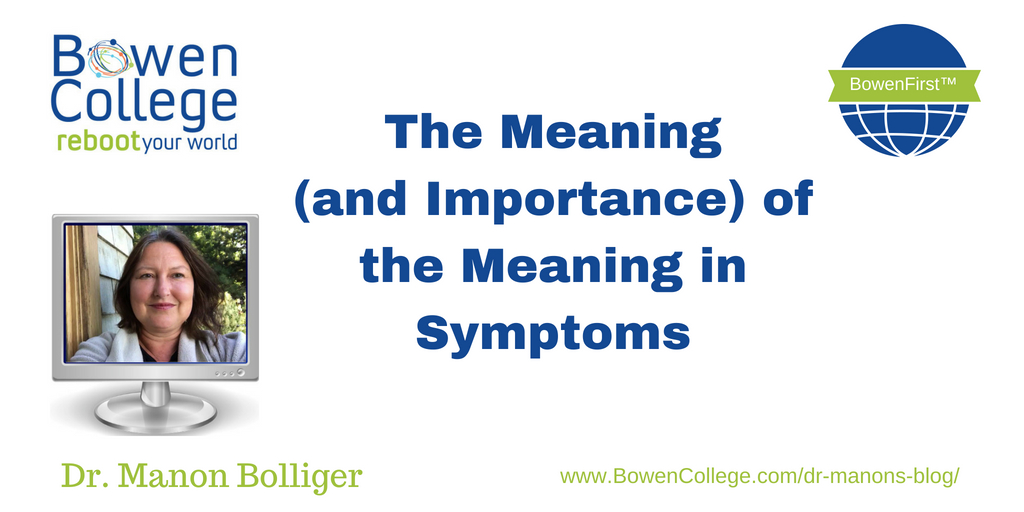My last post concluded by raising the importance of meaning in treatment. Having patients share their interpretation of what their symptoms mean is the most effective way of helping them regain their health. Implicit the self-diagnosis is the solution.
My experience is that patients, by and large, know their problem, how they got there, and, given different options, what course of treatment will most likely help them. When a patient gathers meaning and attributes understanding to their health status, this enhanced awareness motivates participation in their health recovery. Researchers concur on the need for a method that allows the person to elaborate personal meanings of events and the possibilities of alternative constructions. Comprehending experience in terms of a metaphor empowers one to create a new reality.
Direct patient involvement in the healing process, established through symptom interpretation, as well as a clear visual formulation of their intention to potentiate a healing action, is a “prescription” that will yield the best results. The doctor’s role is to help educate and support the process. Finding these ways to shift perspectives may be the most powerful prescriptions for health.
Whether you are a doctor seeking more satisfying outcomes in your practice or the patient seeking a more satisfying experience of dealing with your own health, I hope that my experience and information will enhance your own knowledge and understanding on this evolving path of awareness and service to healing and health. The posts I share on this blog are dedicated to that mission, as I discuss the issues raised in the earlier posts in more depth. I look forward to sharing this exploration with you.









